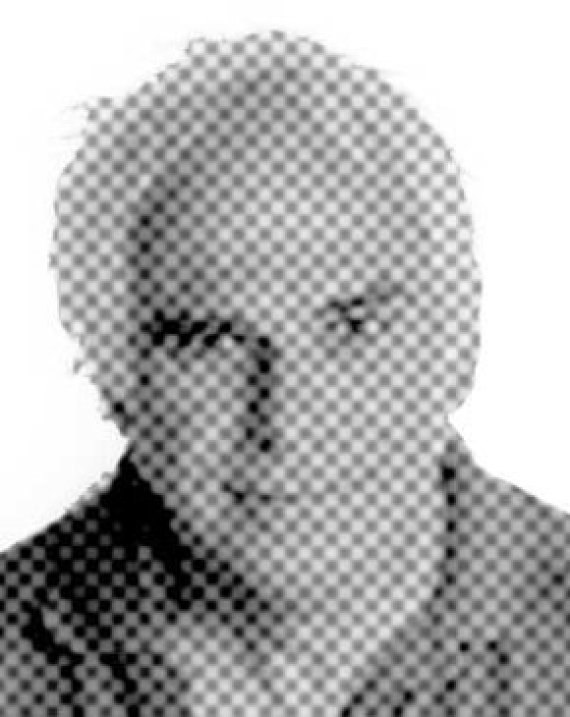When I was studying in the nineteen nineties, this was an issue for me too. During the course of my studies I came up against questions such as: how do the 32 cells in the embryo know that cell 1 is specialized to be a brain cell, and cell 10 a bone marrow cell. And how and why does cell 20 turn into an eye? Where do the cells get their information from? Does it come from outside the embryo or is it all contained in the DNA? At the time there was a biologist who claimed that the experience and development of all living beings is stored in an ‘experience-and development field’ that surrounds the earth. So an embryo cell wondering ‘What am I to become?’ gets its information there! I found this an interesting explanation which gave me some spiritual peace of mind. After all, not everything can be explained scientifically. Life is a mix of hard scientific facts and soft spirituality.
So I have followed the discussion about dogs and god with amazement. The Academic Board (CvP) decreed that you were free to thank your dog in your thesis, but on no account were you to thank your God for his or her inspiration. Luckily, the CvP has changed its mind. The fuss about this suggests to me that science has become just as dogmatic as the religion it grew out of was 300 years ago.
Thank goodness for coffee then. At long last, the WUR takes inspiration from Max Havelaar. Bit late: fair trade coffee came the Netherlands in 1988 (and it started in the church!), so 26 years later the WUR is a late developer with this move towards sustainability. If you ask me, science could be a bit more open to inspiration.

